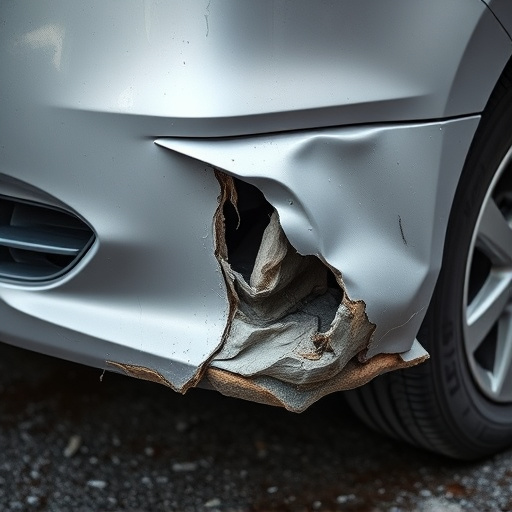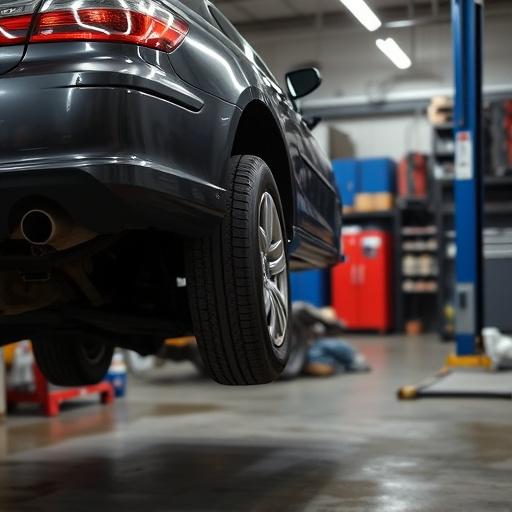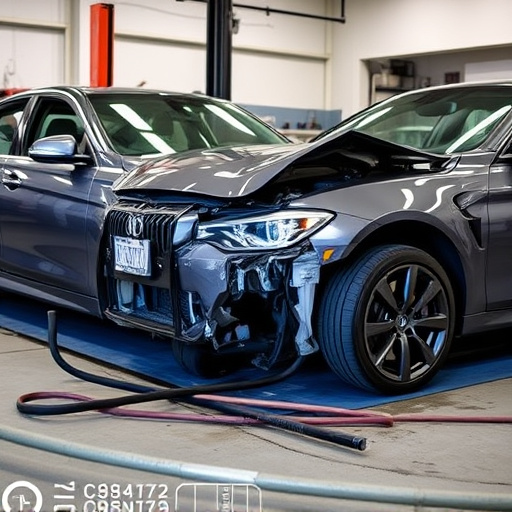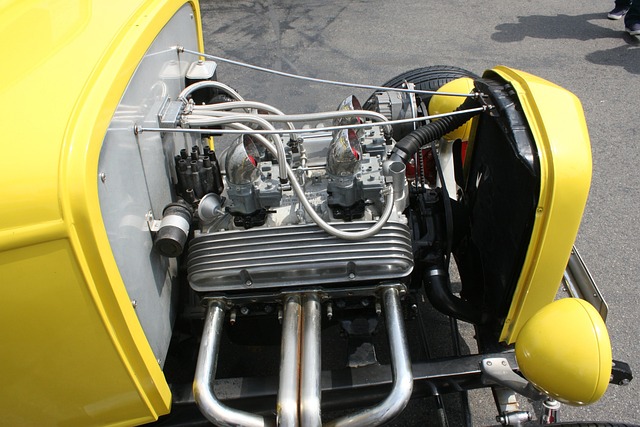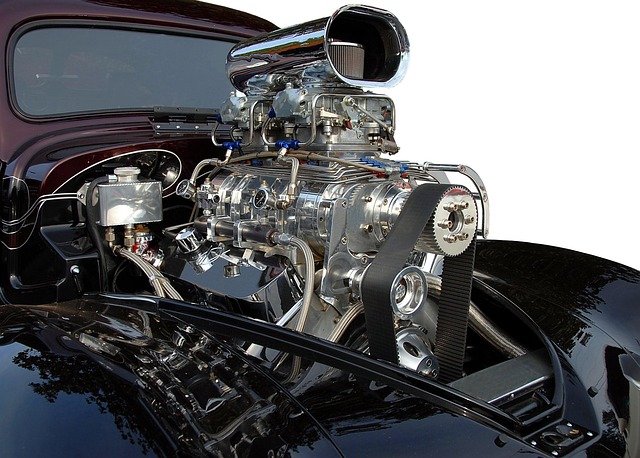Tesla's collision diagnostics system, integrated with in-car sensors, records crucial accident data like impact force and location. This enables accurate structural damage assessment, predicts repair procedures, and uncovers minor issues, enhancing vehicle maintenance and safety. Advanced post-collision safety software analyzes real-time sensor data for structural integrity, electronic systems, brake performance, and tire health, ensuring comprehensive crash analysis and appropriate auto repairs.
“Tesla vehicles are renowned for their cutting-edge technology, including an advanced collision diagnostics system. When airbags deploy, this intricate network springs into action, making it crucial to understand its role in ensuring driver and passenger safety. This article delves into Tesla’s collision diagnostics, exploring how the system assesses vehicle conditions post-accident. By examining these processes, we gain insights into the effectiveness of airbag deployment and the overall safety features that set Tesla apart.”
- Understanding Tesla Collision Diagnostics System
- Airbag Deployment: A Critical Safety Mechanism
- Investigating Post-Collision Vehicle Conditions
Understanding Tesla Collision Diagnostics System

Tesla’s collision diagnostics system is a sophisticated network designed to detect and analyze accidents, playing a crucial role in ensuring vehicle safety and facilitating efficient repairs. This advanced technology goes beyond traditional sensors by integrating data from various systems within the car. When an airbag deploys due to a collision, the diagnostics system activates, recording critical information such as impact force, duration, and location.
This data enables Tesla to not only diagnose potential structural damage but also predict necessary repair procedures. For instance, if a dent is detected in a specific panel after an airbag deployment, the system can guide automotive repair services towards targeted dent repair, minimizing the need for extensive body work. Similarly, it helps identify and communicate minor scratches or dents that may go unnoticed by drivers, ensuring comprehensive vehicle maintenance and enhancing road safety.
Airbag Deployment: A Critical Safety Mechanism
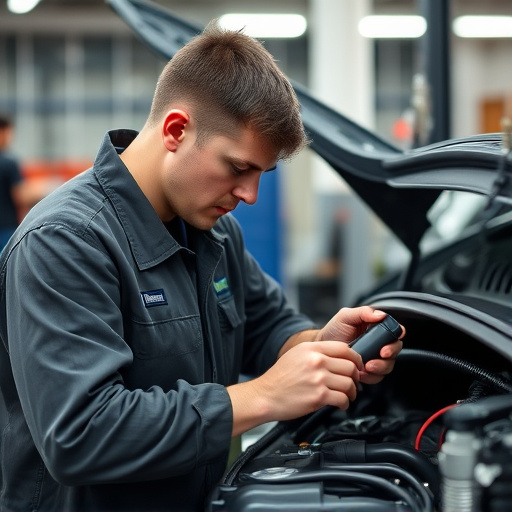
Airbag deployment is a critical safety mechanism designed to protect occupants during a collision. When sensors detect a sudden impact, they trigger the airbags, which inflate almost instantaneously to absorb the force and prevent severe injuries. In Tesla vehicles, advanced airbag systems are integrated with sophisticated sensors and software, ensuring precise deployment for optimal passenger safety. However, like any complex system, these airbags can sometimes malfunction or deploy incorrectly, leading to incidents that require thorough investigation and specialized repair services.
Tesla collision diagnostics play a pivotal role in addressing such incidents. By employing cutting-edge technology, Tesla’s diagnostic tools can analyze data from various sensors, including accelerometers, force sensors, and impact detectors, to determine the cause of improper airbag deployment. This process involves meticulous inspection and testing of components like airbags, inflators, and control modules, often requiring specialized auto body services or tire services for restoration. Ultimately, accurate diagnosis enables Tesla to implement effective solutions, enhancing vehicle safety and ensuring that each ride is as secure as possible.
Investigating Post-Collision Vehicle Conditions

After a collision, Tesla vehicles are designed to undergo a series of complex diagnostics to assess the extent of damage and ensure passenger safety. The process begins with an automated system that quickly evaluates sensor data post-impact. This initial check includes detecting airbag deployment triggers, evaluating structural integrity through a network of sensors, and assessing potential electronic failures. Once triggered, advanced Tesla collision diagnostics kick in, providing real-time feedback on various systems, such as the brake performance, engine functionality, and tire pressure—all crucial factors for safe post-collision vehicle conditions.
The data collected is then analyzed by specialized software that can identify issues beyond visible damage. For instance, it may detect minute sensor anomalies indicating subtle structural shifts or even pinpoint precise locations of potential hidden dents or scratches repairable through advanced body shop techniques. Moreover, these diagnostics can also flag problems with tire services, such as unexpected wear patterns, which might suggest misalignment or other underlying issues that require professional auto repair services to address effectively.
Tesla’s collision diagnostics system plays a pivotal role in ensuring the safety of its vehicles post-accident. By meticulously analyzing sensor data and vehicle conditions, this advanced technology aids in identifying potential issues, from airbag deployment malfunctions to structural damage. Understanding these diagnostics is crucial for both owners and technicians, as it enables swift and effective resolution of safety concerns, ultimately enhancing the overall driving experience and peace of mind.


